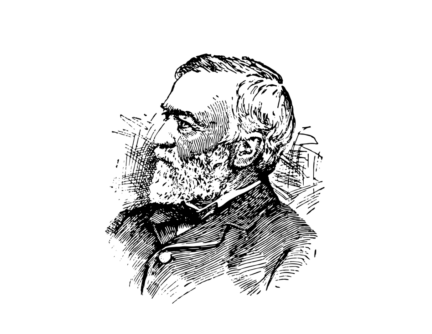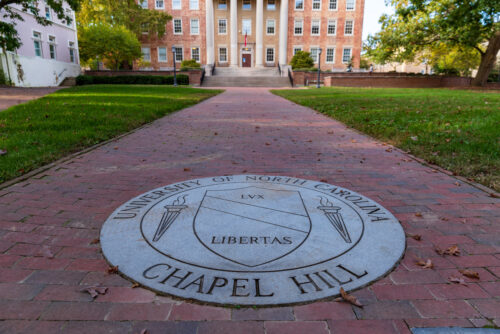One of the things conservatives know about education is that the private sector can do a better job educating children than government can. Get the state out of the way and schools will flourish.
So we should be excited by a country with a robust free market in education where star tutors can become millionaires. But as Simon Mundy notes in this Financial Times piece, there’s a lot about South Korea’s private classrooms that is troubling.
South Korea has a system of government-run primary and secondary schools, which are supplemented, by private tutoring schools called hagwons. Anxious parents worried if their children will get into a good university will spend, on average, 12 percent of their family income on tutoring.
Getting accepted for a university is a fiercely competitive process in South Korea, so students spend their mornings and evenings before and after school getting tutored. That’s so much time spent sitting that 1 in 7 high school students surveyed in the wealthy section of Seoul called Seocho-gu has curvature of the spine. Physicians in Seoul, Mundy reports, “are spotting more and more youngsters with ‘turtleneck syndrome,’ in which the child’s head hunches forward anxiously.”
All this time spent in classrooms private and public means that South Korean children do well on international tests. A 2012 study from the Organization for Economic Cooperation and Development had South Korea place fifth out of sixty-four nations in math and reading scores and seventh in science. But in the same study, South Koreans rated themselves 62nd out of 64 countries in their ability to solve complicated problems and dead last in how happy they were in school.
Markets deliver what people want, and what students want is high scores on national exams. But teaching to the test means that what students learn to pass the test isn’t necessarily useful in the workplace or in life.
Consider the national TOEIC exams for understanding the English language. “It is often hard to find a confident English speaker in departments of government or big companies or even among staff at tourist sites,” Mundy writes. Tutors told him that was because the national examination for competence in the English language only measures the ability to read English, not to speak it. “We just focus on grammar and vocabulary,” Jay Song at U-Star explained. “They’re easier to test.”
The South Korean government has cracked down on hagwons somewhat, including barring teaching after 10:00 PM and preventing hagwons from teaching any material that hasn’t already been taught in government-run schools. In addition, parents have been cutting back on the amount of time their students are being tutored. The result is that the value of tutoring company stocks has plummeted. Megastudy, the biggest hagwon chain, has had its share price drop by 70 percent since 2010, and its president is thinking of shifting the company’s focus towards eldercare.
There’s limited parallels that we can draw between South Korean schools and American ones. But South Korea offers this lesson to people interested in smashing government education monopolies: Be careful what you wish for.






